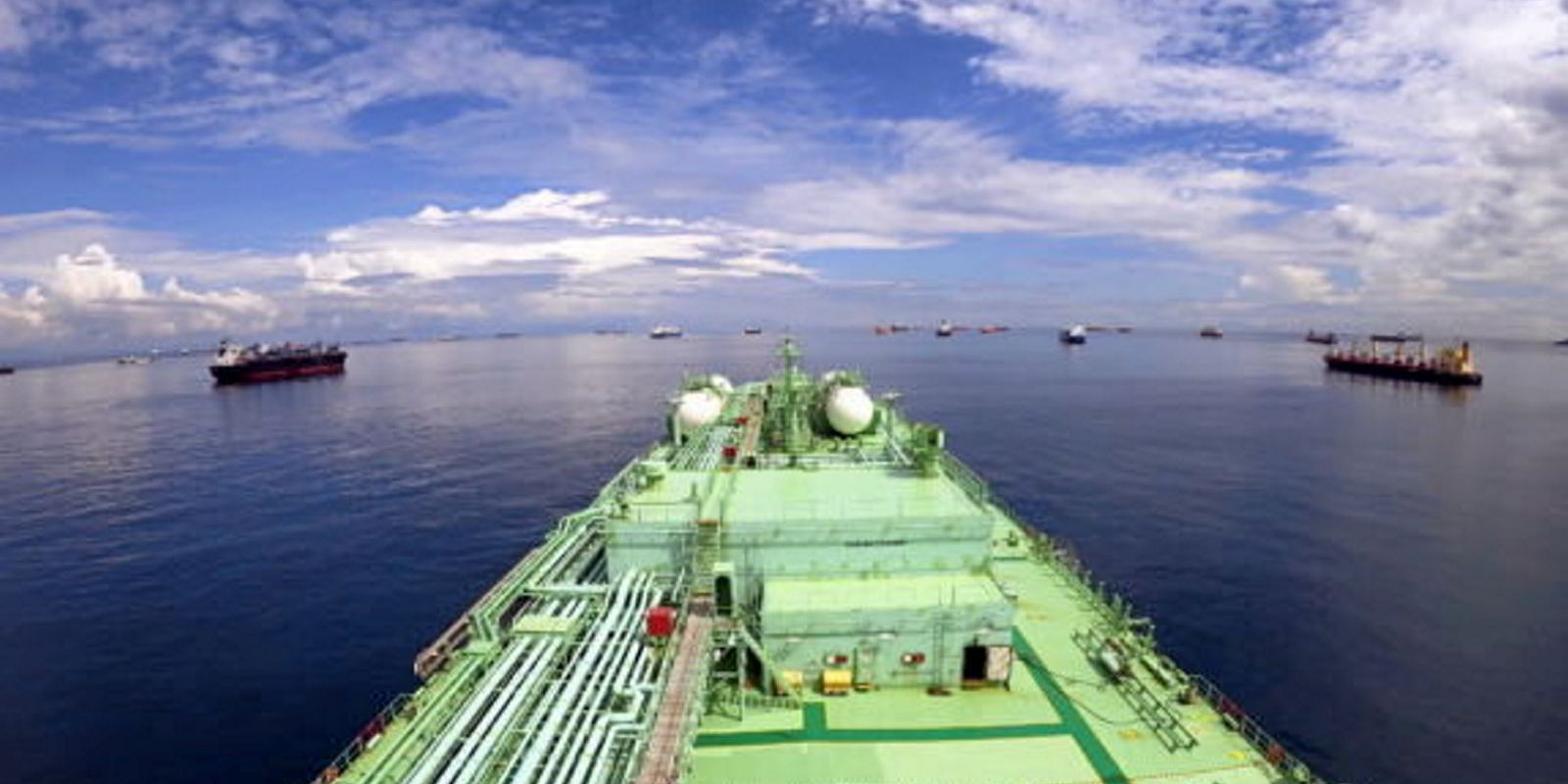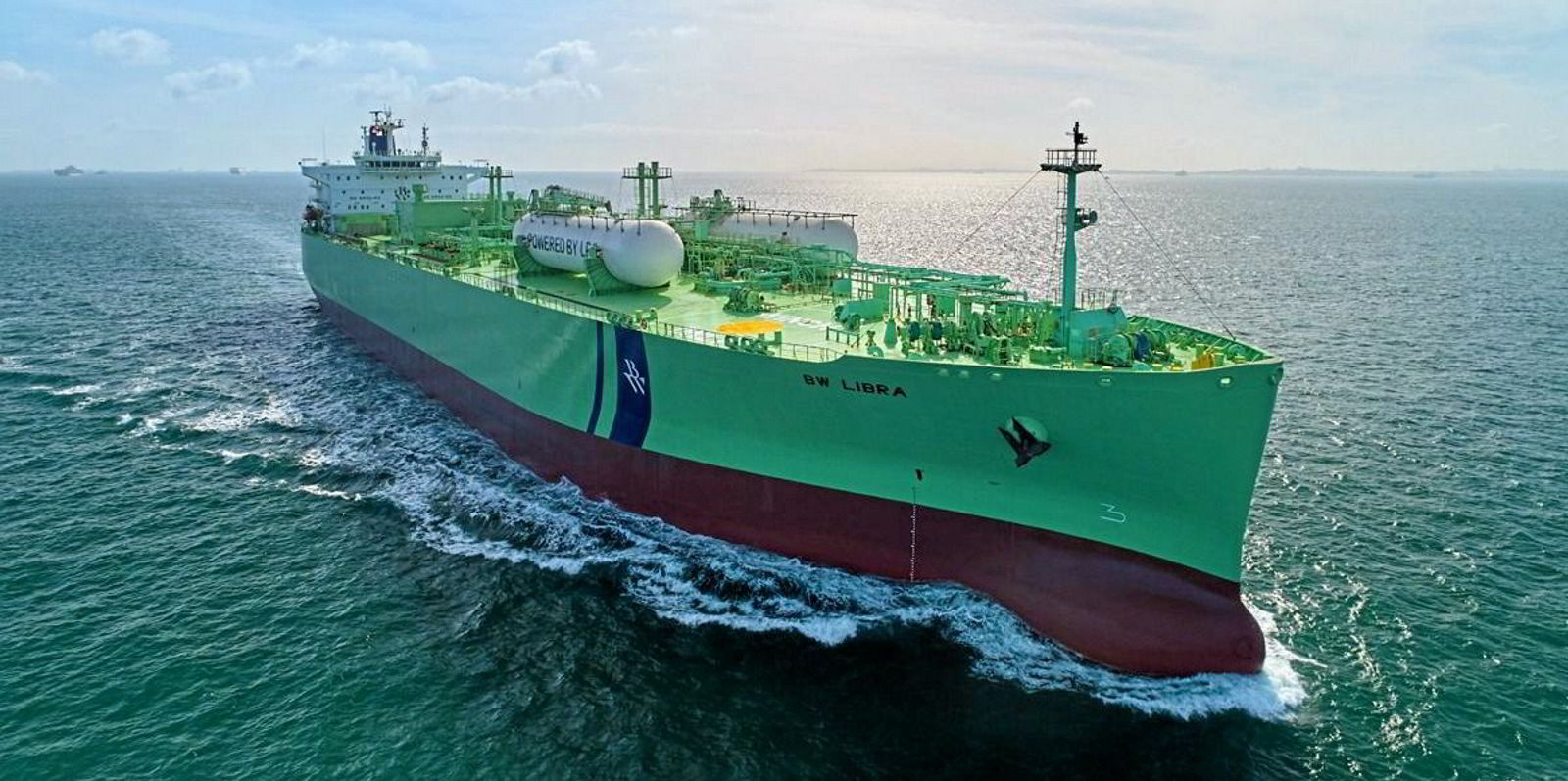It does not happen every day that secondhand deals for LPG carriers exceed those for bulkers, both in terms of numbers and in value.
However, that rare occasion is now coming to pass.
LPG carrier transactions with a combined value of about $150m have been reported since 12 September, compared with deals worth just $60m for bulk carriers in the same period.
This is not just a testament to the fragile and disheartening shape in which the dry bulk markets are currently.
LPG markets and ship values have been holding their ground, creating a benign environment for owners wishing to sell vessels, whether to reduce their exposure to the sector, renew their fleets or help finance other plans.
Solvang, a Norwegian gas carrier owner that is experimenting successfully with carbon capture and storage (CCS) systems, seems to be among the more determined sellers.
Shipping reference sources suggest that the company sold the 37,700-cbm Clipper Odin (built 2005) over the summer for an undisclosed price. The vessel is already listed with Turkey’s PascoGas under its new name, Pasco Odin.
Several brokers in Greece, London and the US are reporting that Solvang is about to shed another vessel now, with undisclosed buyers agreeing to spend about $50m for the 73,500-cbm Clipper Sirius (built 2008).
Solvang’s 60,200-cbm Clipper Mars (built 2008) may be next. The ship had been under the commercial management of Greece’s Prime Gas Management but Solvang took it back recently, possibly with the intention to sell it.
Solvang managers did not immediately respond to a request for comment. However, the company is known to be aiming to eventually run a zero-emission deepsea fleet via CSS.
Solvang and engine manufacturer Wartsila signed a letter of intent in October last year to test such systems for maritime use.
The Clipper Sirius would be the fifth ship that Solvang aims to sell since announcing that initiative, in which it seems to be making good progress. Speaking at a seminar in April, company chief executive Edvin Endresen announced tests have resulted in carbon capture rates of more than 80%.
BW in selling mode
Another industry player with an appetite to divest older tonnage is the BW Group. Its LPG arm, BW LPG, is believed to be selling its fourth ageing LPG carrier this year — the 80,700-cbm BW Prince (built 2007) — at a price between $45m and $47m.
This is BW LPG’s oldest vessel and the company is offloading the ship just before its dry-docking and special survey are due.
BW Group managers did not respond to a request for comment.
The other three LPG carriers sold by the group this year are the 78,900-cbm BW Niigata (renamed Pansy, built 2010), 84,600-cbm BW Liberty (renamed Global Liberty, built 2007) and 78,600-cbm BW Trader (renamed Nereus 1, built 2006).
BW LPG’s three confirmed sales generated about $95m in liquidity. BW LPG chief executive Anders Onarheim said the deals were part of a company strategy to optimise assets through market cycles.
Two of the ships BW LPG sold — the BW Niigata and BW Liberty — are currently listed with Vietnam-based Vietmy Trans Co.
New priorities
The sale-and-purchase transaction burst extends to small gas carriers as well.
Four ships in the managed fleet of BW Epic Kosan — another BW Group company — are changing hands.
Brokers are putting a $39m price tag on the Turkish-built, 3,300-cbm quartet Scali Sanlorenzo, Scali Reali (both built 2010), Scali Del Pontino (built 2011) and Scali del Teatro (built 2014).
Netherlands’ Chemgas, whose managers did not respond to a request for comment, is said to be the buyer.

However, the seller of the four ships is not BW Epic Kosan, which just manages them.
It is rather Gas and Heat, an Italian engineering specialist that set up a shipping subsidiary in 2004 with the sole purpose of ordering the four ships as newbuildings.
The sale of the vessels now possibly signals that Evangelisti family-led Gas and Heat is recalibrating its priorities away from shipowning and towards new energy transition areas.
The company announced in September that it obtained approval in principle from Bureau Veritas for a new, flexible solution for the transport of LNG and ammonia.
Gas and Heat said it is using austenitic stainless steel with a special grade that is suitable to carry both types of gas.






